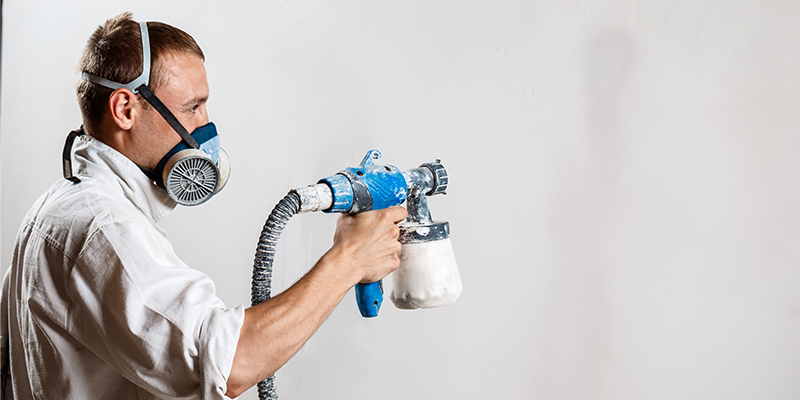The pandemic continues to disturb normal lives, worldwide. The number of confirmed cases though declining, is still on an upward trajectory with several nations at the doorstep of the ‘second wave’ of the virus. As of October 22, 2020, the virus had infected more than 41 million people globally, with over 1.13 million deaths. The transmission of this deadly virus occurs through direct contact with infected people and indirect contact with contaminated surfaces.
Studies indicate that the novel corona virus that causes the COVID-19 disease remains stable for several hours to days in aerosols and on surfaces. However, the survival of the virus depends on several factors like the viral strain, temperature conditions, type of surface etc.
Therefore, it becomes critical to find a solution that can hinder the survival of the virus on surfaces. Research scientists are working to find a solution that would prevent the spread of COVID-19 through surfaces. Various research organizations have clubbed together with various paints and chemical industries to develop antiviral coating solutions that would neutralize bacteria and virus present on various types of surfaces.
Utility of antimicrobial surface coatings
Antimicrobial surface coatings are touted to be effective against bacteria and virus both. These coatings when applied on walls, door handles, glass panels, AC vents and door handles etc, hinder microbial adhesion and subsequent biofilm development, thus reducing the risk of environmental infections.
Where are we now?
Currently, research is underway to develop anti-microbial coatings that can remain equally effective for bacteria and viruses. A leading research industry based out in Israel is working to develop anti-coronavirus surface coatings composed of nanoparticles of safe metal ions and polymers such as copper that can be sprayed or coated on the surface which can irradiate the coronavirus particles that sticks on it.
Leading health technology organizations are already manufacturing antimicrobial paints and coats that provide protection against microbial contamination to a considerable extent.
What future holds for antimicrobial and antiviral coatings?
The pandemic has led to an increase in the demands of antimicrobial coatings. A number of temporary hospitals and COVID care centers are being setup in various countries to treat the rising number of COVID-19 cases. Available antimicrobial paints and coatings are being used in these facilities to eliminate infectious viruses and bacteria from door handles, trails, beds, and medical instruments surfaces.
Once the pandemic is over, the demand of antimicrobial, antiviral coatings shall continue to rise as the new normal shall see growing demand for safe environments as well as, more people following aseptic techniques to curb any other microbial outbreak.

